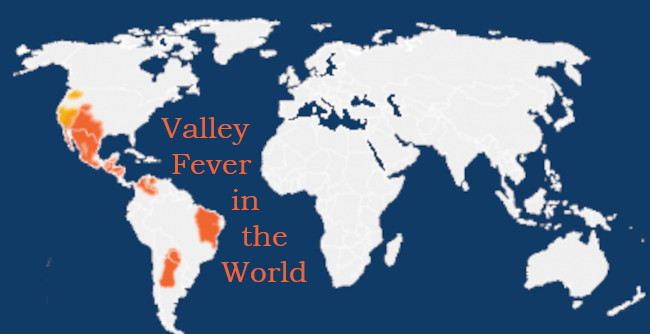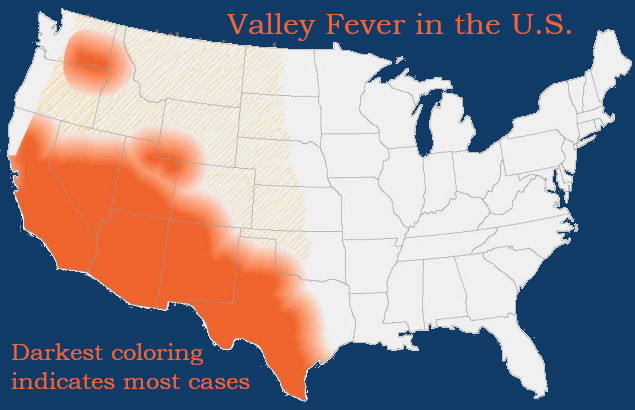
This tip is from a piece in The Jerusalem Post, about how a cup of yogurt can be your “cure”. Let’s just say this tip is so cool it’s like the proverbial tip of an iceberg.
And, here’s why. Basically, I told the woman delivering my dinner through a service for housebound people that I was sorry to see her wearing a mask. I said I hardly get to see anyone and then when I see someone and they’re wearing a mask it’s so depressing, “I long to see smiles again!”
She thoughtfully replied, saying she has only one lung so her mask is to protect her already precarious health. “Oh my gosh!” I said, “What happened?”
She told me that as a child she lived near Phoenix and saw lots of trees torn up to make room for building. She told me how you can get Valley Fever from a fungus, prevalent in the Southwest, that’s released from the soil when trees are torn up and there’s digging for building.
I’d never heard of Valley Fever so I googled it and found, “Valley Fever, also called coccidioidomycosis, is an infection caused by the fungus Coccidioides.” Since I hadn’t heard of it before I figured it was probably pretty rare, and mentioned it on Twitter as a sort of oddity.
To my surprise a medically trained person I follow and who follows me back tweeted that it’s not all that rare, and that in fact if someone goes to a hospital complaining of breathing problems there’s often a protocol in place to ask them if they’ve been to the Southwest. The Coccidioides fungus is found in the Southwest.
I was, as they say in London (where I lived for nine years) gob smacked. “Yikes!” I thought, “They were tearing up pinon trees all around this apartment complex the first year I lived here and building in adjacent lots was rampant.”

Wondering what my risk was, I went back to Google and found, “In 2019, there were 18,407 cases of Valley fever reported to CDC. Most of these cases were in people who live in Arizona or California. Rates of Valley fever are typically highest among people age 60 and older. The number of Valley fever cases reported to CDC likely underestimates the true number of Valley fever cases.”

Although the CDC says the highest risk is for people over 60, which includes me, I find myself worrying about the little girl in the next apartment who is two and super cute with masses of curls and a determination to do everything her older sister does. If her big sister sits down on the basketball they’re playing with, the little girl sits down on her handball. Hours of entertainment for me when they’re playing by my patio.
I doubt the apartment complex is going to warn people about Valley Fever, and I doubt I’d be in property management’s good graces if I paid one of the kids to put a warning on the doors of apartments near mine.
However, it seems pretty inoffensive to talk up the health benefits of yogurt. My thought is that if yogurt can help against Covid, per the article in The Jerusalem Post, then it probably can help protect against Valley Fever… which brings us to the Israeli scientists.
Two Israeli scientists, Prof. Raz Jelinek and Ms. Orit Malka, of Ben Gurion University, found that microorganisms in yogurt had dramatic antibacterial and anti-inflammatory properties.
“One of the main reasons people die of COVID is the cytokine storm,” Jelinek said. “Cytokines are immune molecules that are designed to help the body fight invaders like viruses. But in certain circumstances, and scientists don’t know exactly why, the body goes into a sort of overdrive and secretes many cytokines – so many that it kills you. That is what happens during COVID.”
“We knew that we had found these molecules in yogurt with anti-inflammatory properties,” he said. “So, when COVID started, we said, Let’s see if these molecules can help against cytokine storms.”
They induced cytokine storms in mice and watched. Mice treated with the molecules in yogurt completely recovered while all the untreated mice died. Plus, the scientists noted that the molecules restored balance to the immune system.
Microbiome, a leading peer-reviewed publication, published Jelinek’s and Malka’s findings.
Not to steal their thunder, but back in 1902 Elie Metchnikoff published, Immunity in infectious diseases. In 1904, he gave a public lecture in Paris, “Old Age,” that led to him being named Father of Innate Immunity, all based on observing remarkable longevity in Bulgarian peasants who ate yogurt every day.
As an aside, I used a different spelling of his name, he was Russian so there are a lot of spellings to choose from, in my article, Immunity and Vitamin B12.
